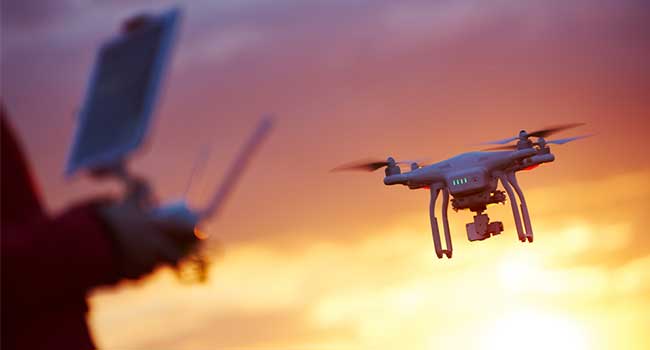
Secret Service to Test Drones for Additional Security
The Secret Service will be looking at whether unmanned aerial vehicles could be useful in the protection of the president.
The U.S. Secret Service is looking for the next best thing in security. Could it be drones?
According to Reuters, the Secret Service will be testing the use of drones in President Donald Trump’s security detail while he visits his golf club in New Jersey over the next couple of days to determine if the unmanned aerial vehicle could be useful in detecting threats.
The drone will fly autonomously at an altitude of 300 to 400 feet, focusing on the perimeter of the Trump National Golf Club in Bedminster. The test is part of the agency’s efforts to incorporate several types of drones and tethered systems into its overhead security, the Secret Service said in a document released on Wednesday.
Currently, the Secret Service is using a manned aircraft supplied by local, state and federal government agencies to conduct their aerial surveillance. They’ve found the manned aircraft is too loud and cannot provide consistent coverage.
With the amount of technology the agency could use in conjunction with the drone, such as thermal cameras and biometric analytics, the unmanned aircrafts could fit the bill for the security measures needed to secure the president. What do you think?